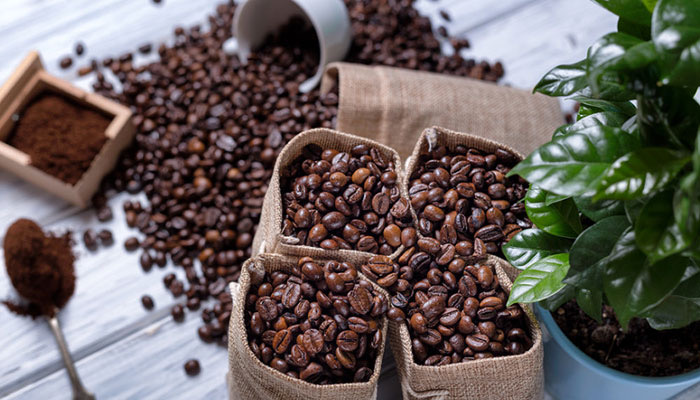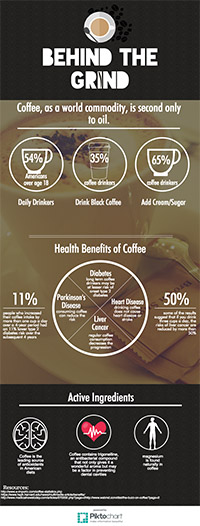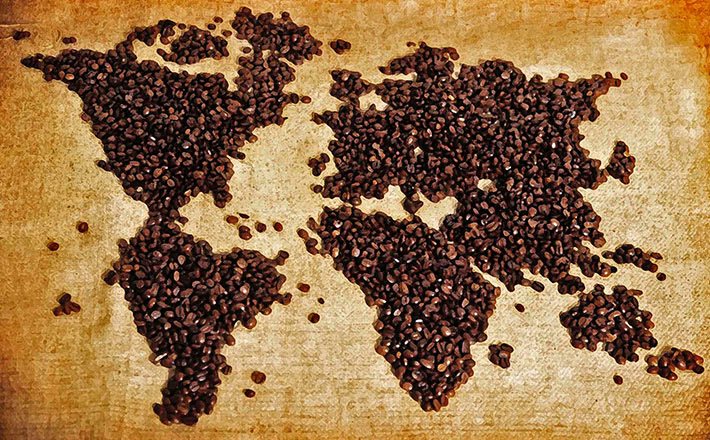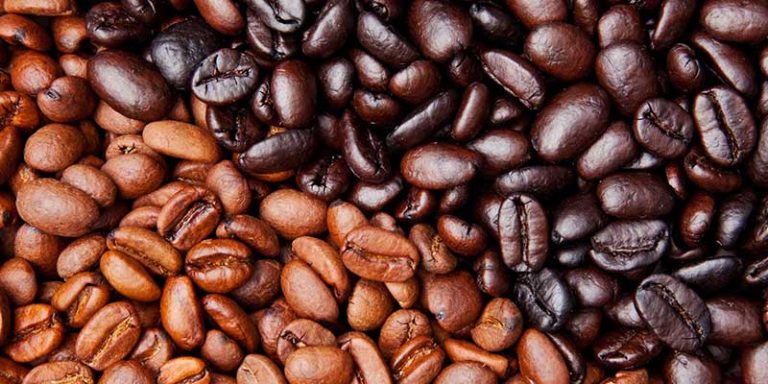At last count, almost a third of the world’s coffee drinkers had no idea if the coffee they’re drinking day in and day out is grown sustainably. A decade ago, that would have seemed like a fairly impressive amount. But we also thought then that we could eat or drink pretty much whatever we wanted with little to no consequence. Today, we know better. So Why drink sustainable coffee?

We drink 2.25 billion cups of coffee a day. That billion with a “b.” If it sounds like a lot, it is, particularly when you consider the burden for satisfying our thirst falls on the backs of a relatively few. The “Bean Belt,” as they’re known, refers to 70 mostly developing countries that supply just about all of our coffee beans. They include Guatemala, Brazil, Vietnam, Colombia, Ethiopia, and Indonesia. Most were already struggling to keep pace because of poor government infrastructures and minimal access to necessary resources. Compounding their situations and making the concerns about the future of growing coffee around the world suddenly much more urgent is the literal black cloud that seems to follow us everywhere these days: climate change.
A bleak picture is getting darker
The effects we’ve weathered already have put production and cost pressures on the coffee supply throughout much of the Bean Belt, according to the Climate Institute, which completed a comprehensive analysis of and forecast for the coffee-growing industry in August 2016. But this could be just the beginning, the institute said. Increasing temperatures and extreme weather events will cut the area suitable for growing coffee by up to half by 2050 and erode the quality of what’s left. And we’re likely going to be paying a lot more for it.
“Without strong climate action, the areas suitable for growing coffee could halve in a few decades, pushing production upslope, away from the equator and into conflict with other land uses, such as nature conservation and forestry,” said John Connor, the then CEO of the Climate Institute, when the report was made public. “By 2080, wild coffee, an important genetic resource for farmers, could be extinct.”
That bears repeating: If conditions continue to escalate as they’re forecast to and we don’t try to reverse their effects, coffee will be wiped from our planet in about 60 years.
What you can do
As it stands, the picture isn’t particularly promising. Higher average temperatures and rainfall are spurring the increase of disease and pests, which are significantly eating into harvests.
So, that’s why it’s important to make sure that the coffee you’re drinking is being sustainably grown. It’s not so that you can pretend to hold your own with the hipster barista behind the counter every morning or savor every last drop, as though the coffee tastes any better. It’s so that we can keep drinking it. And thousands won’t lose their livelihood.
And don’t stop there. Find beans whose distributors are carbon neutral and who guarantee a fair return to farmers and their communities (that’s what the little “fair trade” logo on the bag signifies). Then get in your legislators’ ears about renewing policies that require all countries to eventually be carbon neutral. Just because we’re opting out of the Paris Climate Accord doesn’t mean we—or they—need to act accordingly.





